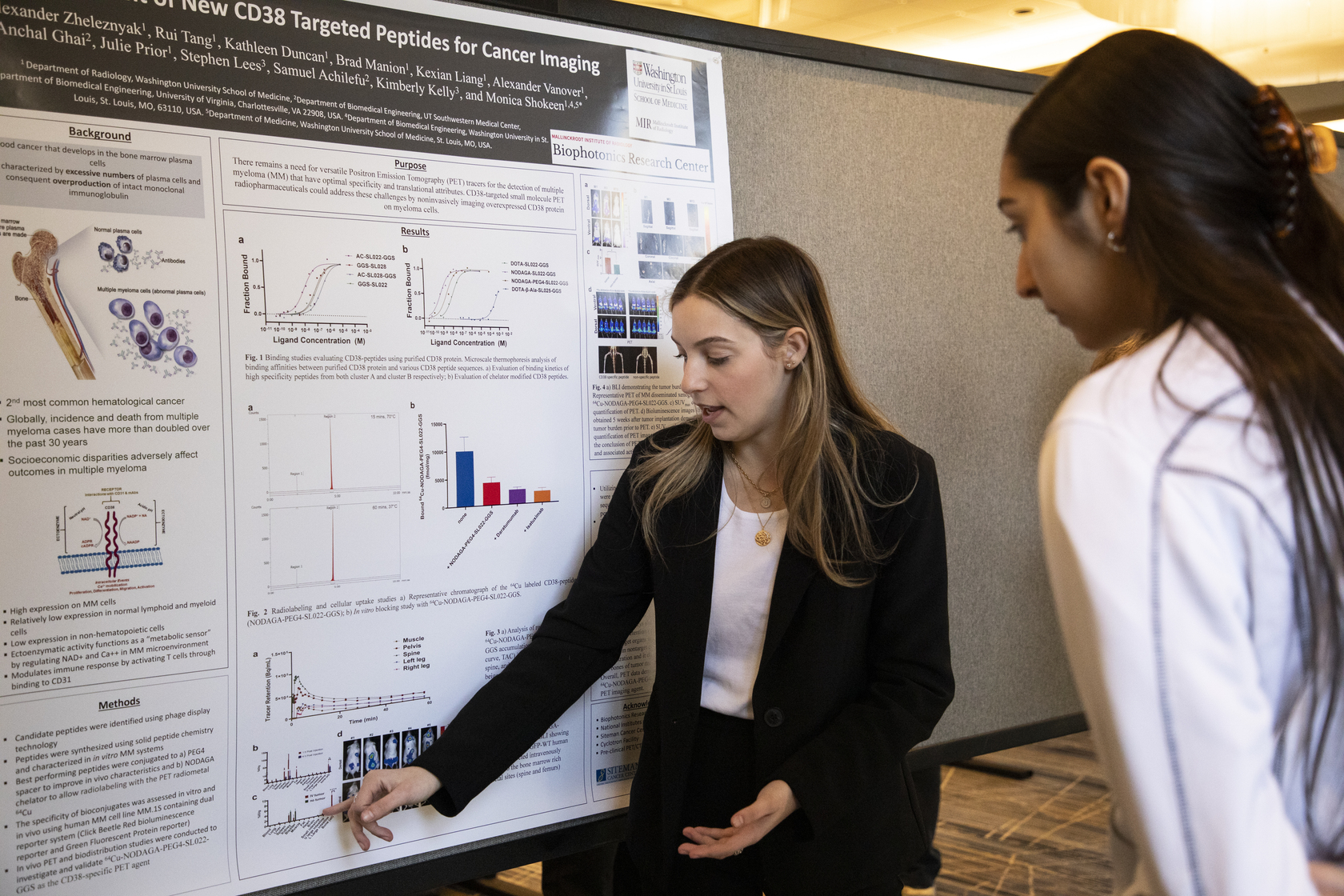Back Pain, Numbness & Myelograms

Bothered by unexplained back or spine pain? Arm or leg numb? A myelogram can help uncover the cause.
A myelogram is a special imaging procedure performed by a radiologist to diagnose problems in the spinal cord and related nerves.
“During a myelogram, a very thin needle is passed through the skin of the lower back into the sac of spinal fluid that suspends the nerve roots, which control the legs and arms,” says Franz Wippold, MD, professor of radiology. “A dye is injected into the sac, through the needle, to illuminate the nerves and identify the cause of the pain or poor function.” A local anesthetic numbs the area.
“Sometimes bone disease such as arthritis and other conditions press on the nerves and cause pain. Sometimes patients have degenerative discs, which also may press upon the nerves.” And sometimes a tumor causes the discomfort, says Wippold, chief of neuroradiology at Mallinckrodt Institute of Radiology.
A neuroradiologist focuses on conditions that involve the brain, the skull base, and the spine by analyzing images produced by CT (computed tomography), MRI (magnetic resonance imaging), PET (positron emission tomography), angiography, ultrasound and myelography.
“Usually X-rays are taken at the time of the myelogram,” continues Wippold. “However, many patients also undergo a CT exam (after the myelogram) to obtain additional cross-sectional images. These images are then examined by a neuroradiologist to identify structures that may be compressing nerve routes and causing pain.”
According to Wippold, most myelograms take about 30 minutes to perform, and a CT following the myelogram takes about 15 minutes. This is followed by a two-hour recovery period.
“Mallinckrodt performs many of these studies every day and has consistently been a leader in the field over many decades,” says Wippold. “In fact, many St. Louis radiologists who perform myelograms have been trained at Mallinckrodt.”





